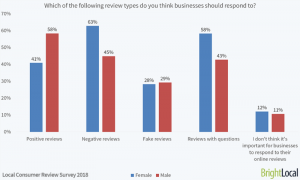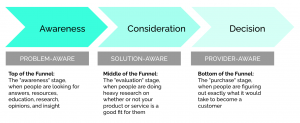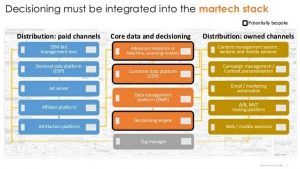Understanding how these vital yet commonly confused elements differ is crucial for setting up and maintaining your DAM.
Metadata and tags are two essential yet commonly confused elements in digital asset management (DAM).
In the context of DAM, metadata is the link that connects objects, and tags are user-defined elements that mark objects for user findability. While some users think they’re the same, they are not.
Understanding the difference between each element is crucial for setting up and maintaining your DAM.
Aboutness is defined in metadata
The standard definition of metadata is usually “data about data.” To me, the crucial part of that definition is the word “about.” Metadata tells us the “aboutness” of things — information objects — in systems.
For example, an .mp4 (video) file uploaded to your DAM may be “about” your company’s latest service offering. Other data that describes the “aboutness” of the file might be:
- Which software the video was created in.
- What date and time the file was finalized.
- The campaign for which the video was deployed.
These particular metadata “data points” are the things a user might think about when looking for the video file at a later date.
Keeping track of such metadata data — or elements, which is the much less confusing way of talking about metadata data — is vital for DAM administrators to make searching a fast, easy, and productive tool for future users.
Metadata standards
While there are likely hundreds of elements your company could potentially keep track of, the final list of metadata elements should be kept short and contained. Most of those elements should be automatically extracted by your DAM platform.
For example, elements such as the height and width, file format, camera make and model, and other technical photo data relating to analog and digital files are generated by camera hardware and extracted when photo files are uploaded.
Any metadata that can be auto-generated in this way, bypassing manual data entry, is highly desirable. The result is less intervention by DAM administrators and improved technical accuracy.
How to narrow down metadata elements
When considering what metadata elements to add to your metadata schema, consider what project, marketing, sales, or other management tools users work in.
A report listing the metadata fields contained in forms the system administrators have built will contain the metadata elements most critical for those end users. These are the elements users will remember and search for, more than the names of individual files.
Tagging is for users
Beyond the data important for your user groups, individual users often have ways of searching for things that are unique to them.
For example, when searching for albums in my music software, I tend to forget the album names but remember the album covers. For this reason, I tag my albums with colors or objects found on the covers so that I can find them again. But these are tags that would be meaningless to other music fans.
But say I am a copywriter who needs to update copy from last year’s holiday campaigns, I have to find last year’s Black Friday copy. Perhaps I have also had to search for Back to School and Memorial Day sale copy in the past.
I might want to tag such assets with the word “holiday” to find them again when that need rolls around next year. I might use another keyword, like “festive” or “special sales.”
Either way, my DAM librarian will want to provide a tagging option so users can apply tags to files so they can find assets they frequently use.
Tags allow this without disturbing the critical metadata that powers the DAM itself. They also provide some level of control over their use of the DAM.
Tags can ease the burden of learning a new system and any worry over files that have “disappeared” into a large, enterprise-level system so that they can be “found again” with little to no effort.
Are tags metadata?
Here is where the issue of tags and metadata can get tricky. Tagging is useful for DAM administrators to provide advanced search filtering for common uses.
In addition, tagging helps DAM admins auto-generate tags onto uploaded assets in commonly searched folders so that they are immediately searchable upon ingest (a fancy librarian’s or archivist’s word for “import”).
However, the key difference between tags and metadata is that metadata elements should always be standardized.
Standard elements are available in internationally recognized, commonly used and published schemas such as Dublin Core, PREMIS, IPTC, XMP (maintained by Adobe) and others.
Standard elements allow your asset metadata to easily transfer and be automatically extracted into any other database, information management system, or DAM, should business needs change.
Depending on the DAM platform, enterprise-specific tags you create may be stored as metadata. For example, the Adobe Experience Manager Assets (AEM Assets) platform can store tags this way, whether deployed in the cloud or on-premises. It can apply enterprise-specific tags to assets that will be ingested into particular folders.
Administrators should be the only users who can create and edit this type of metadata, as they affect the entire system.
Make the most of your DAM system with metadata and tagging
When deployed properly, metadata, tags and smart tags create a highly productive digital asset management system that can quickly return its investment and connect more users to more intellectual property.
They only require a bit of careful tending and pruning to help speed the use and findability of your intellectual property.
The post Tags vs. metadata in DAM: What’s the difference? appeared first on MarTech.
MarTech(31)
Report Post








